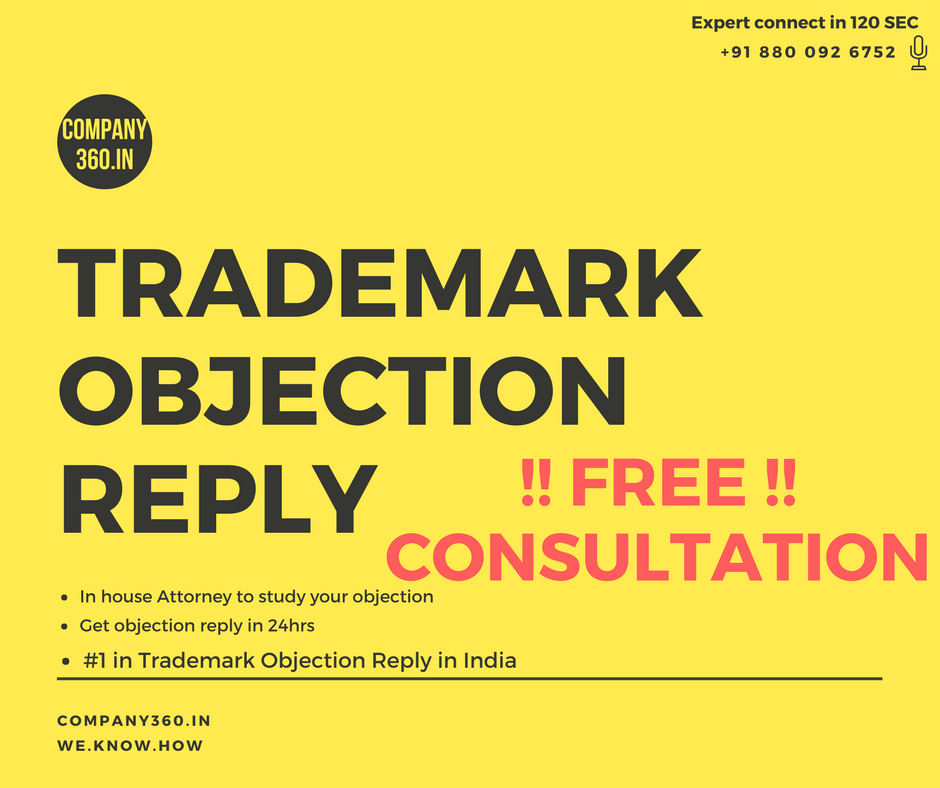
A patent is a type of Intellectual Property right that gives the applicant or the Inventor exclusive rights over his new, useful and non-obvious idea(s) or Invention(s).This protection against unwarranted use arms the Inventor to comprehensively disclose the patented process, design or invention as it cannot be used by any person or corporation without the permission of patent holder. Permission can be granted in the form of License or Assignment or Transfer. There are many mainly two types of patents in India namely utility patents or design patents. Patent protection acts as an incentive as it ensures that the inventor (Company or an individual) gets financial and social benefits for his invention. For example in the absence of this protection large pharmaceutical companies wouldn’t spend billions of dollars on research for new drugs and medicines as there would be no bar on other companies to use their invention and hence it won’t be financially viable for the these company to invest so much on Research programs. Patents are “Territorial Rights” as they are granted under the Civil Law of a state and are applicable to the territory of that state only. Moreover Patent protection is granted for a specific amount of time which is varies in different nations.
Table of Contents
TogglePatent Infringement
The basic aim of Patent is to discourage the use of patented invention without the permission of the patent holder. Hence when a prohibited act, in relation to the patented process, design or invention and during the term of the patent, is committed within the country that issued the patent without the permission of the Patentee, Patent infringement takes place. What exactly constitutes Prohibited act may vary by jurisdiction but it generally includes use, import, manufacture or sale without permission. What could infringe the patent is determined by the CLAIMS of a Patent. It defines the scope of patent protection by informing about the subject-matter that cannot be used without the permission of the holder to the general public. In simple words, Claims inform the public as to what they shouldn’t do in respect of the patented invention to save themselves from the Infringement liability. Hence unauthorized use, sale or production of a patented invention in relation to the subject-matter mentioned in the claims of the patent constitutes Patent infringement.
Types of Patent Infringement
Different countries recognize different types of Patent Infringement. These are:
• Direct infringement: Under this category knowledge as to the existence of patent is not important. What constitutes infringement is that the alleged product/service should meet all the limitations of at least one subject matter mentioned in the claim of the patent.
• Indirect infringement: When instead of creating a service/product that directly infringes a patented product/service, an entity causes or assists the creation of such product/service it is called indirect infringement. There are two types of Indirect infringement:
-
Induced infringement: Here the entity that causes the direct infringement has the knowledge about the existence of Patent in relation and knowingly encourages such direct infringement.
-
Contributory infringement: is the knowingly selling component(s) of a patented machine, manufacture, combination or composition, or a material or apparatus for use in practicing a patented process, constituting a material part of the invention, knowing the same to be especially made or especially adapted for use in an infringement of such patent and having no other commercial use . This requires a higher level of guilt than Induced Infringement.
Infringement Search
An Infringement search, also called as clearance search or Freedom to Operate search, is conducted in order to determine whether Patent infringement has taken place or not. In this search, Patent or pending Patent Applications are examined to see if the alleged product/service infringes any independent Claim of the patent.
How to prove Patent infringement
Three things should be established in order to prove Patent Infringement:
-
That the person claiming infringement of his patented invention holds a valid patent.
-
That the alleged infringer committed a prohibited act, in relation to the patented process, design or invention without the permission of the patent holder: Prohibited act involves use, production, sale or offer of sale of the patented product/service without permission of Patentee. This also involves legally identifying the entity which is making such sale, use or offer.
-
To prove that the product/service of the alleged infringer has all the distinguishing features of at least one independent claim of the patent.
Defense to Infringement
The best defense available to the accused infringer is to question the validity of the patent. He can question the validly of patent by proving in the Court of Law that the patented process, design or invention is either not original or new or non-obvious. This can be proved by showing the existence of prior art or invention which was not taken into account by the patent examiner. However, the general presumption is always in the favour of validity of patent and the burden of proof lies on the person contesting the validity(the accused infringer in this case). The accused infringer must clearly establish the inapplicability of all the claims that his product/service was accused of infringing. Only when all these conditions are fulfilled, it will be a valid defense.
In case of absence of any defense the Infringer is punished under the Civil Law for unauthorized use of patented process or invention during the term of the patent.
patent










